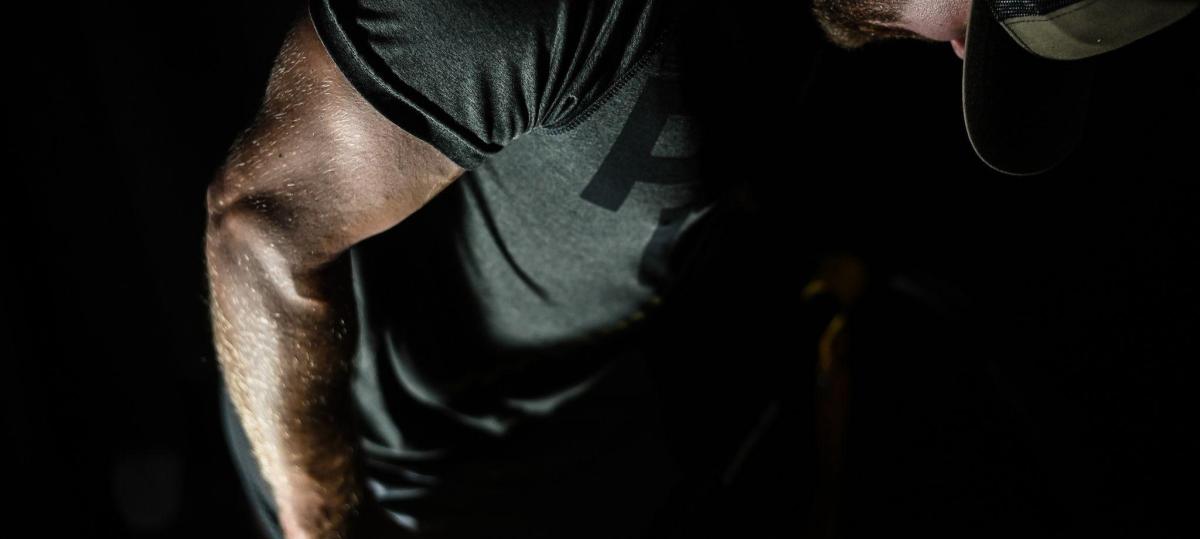No shame to work in the « last minute » – panic gives birth to creativity

Many people recognize in the scenario with a deadline that creeps ever closer. As usual you have postponed the work until the last moment and now only hours remain to the deadline
The insights are soaring. Panic within you just growing. You have to be finished in time.
In recent days, you have also been forced to hear the colleague or student friend self -satisfied that they actually submitted the task already last week. « It’s more beautiful, so you don’t have the stress there in the end. » The rage within you knows no bounds.
But then you get started. Creativity flows and you draw conclusions that others (well) could only have dreamed of.
Swedish writer and professor Micael Dahlen, also called the happiness professor, also recognizes himself in this. The idea is at risk of being smooth if you honk it for too long.
– Meeting a deadline at the last second makes you polish a little less and let the idea be a little more pointed and more unique, he says.
The success we now see is a result of weeks of procrastinating where your subconscious has let your thoughts within you mature. Now panic releases a deeper level of creativity. The result is that you just evaporate cloud -cut analyzes on tape.
– This text is a defense figure for us that always leaves things for the last second, but still get ready in time. The researchers also give our method right – at least to some extent. Panic gives birth to creativity, they say.
And we last enthusiasts, we obviously agree.
– I think our subconscious contributes very positively when we have to do something in great rush, says Alf Rehn, professor of innovation, design and management at Southern University.
« More creative »
Micael Dahlen also recognizes the pattern: urgency contributes to greater creativity.
He claims that creativity gets a leeway when we let the problem bump up to the surface « a little now and then », instead of trying to solve it immediately.
– Of course, you should not pull everyone over a comb, but people who are a little more time optimistic and out at the last minute also have a slightly greater tendency to be creative, says Micael Dahlen.
He has been taught for a long time and claims to have noticed some differences between the information that is submitted for a week and a minute before the deadline.
– It’s not really that everyone who submits the last second performs better, it can also be the opposite, but more clear solutions will probably come a little more often at the last second, says Micael Dahlen.
Alf Rehn says data which is handed in in good time tends to come from students who are good at planning. Their works are usually well -structured.
– However, these works do not tend to be the most released and original. The last amazements often impress with their original and imagination, but at the same time the effect is not so great that one should think that the result will be better just because you submit the task at the last moment, he says.
Adam Grant, author and university professorin a text published by Harvard, it illustrates that the good side with the last -case method only asserts if we familiarize ourselves with the task before we « forget » it and engage in other things.
Otherwise, we do not give our subconscious anything to work with while we procrastinates, and then we do not get a creativity advantage once we get hold of the work.
In the text, Adam Grant refers to an experiment conducted by Jihae Shin who himself identifies as a procrastriner. She lectures today in leadership at Yale University in the United States.
In her experiment, a group began working on a task directly, while the other group played computer games before they started work. Independent analysts then gave the latter group 28 percent higher grades on average.
In another experiment, Jihae Shin identified which employees in a number of companies were procrastriners and then asked the companies ‘managers to rank all the employees’ creativity. It turned out that the managers held the procrastriners as « far more » creative than other employees.
« Procrastination gives you time to consider different ideas, to think in non -linear paths and to take unexpected leaps in the thought, » comments Professor Adam Grant experiments.
The professors like Hbl Have been in contact with says that one reason why we become more creative when we experience time pressure is that we become less inhibited. We simply do not have time to consider the social norms we usually do.

Alf Rehn recently conducted an experiment with his students to demonstrate that panic gives birth to creativity and that the students can be inhibited more by the outside world than they think they do.
– I requested obscene many business ideas in a far too short time. Time pressure or other artificially created restrictions are a way to get away from these inhibitions, he says.
In the experiment, the students spit out ideas that would hardly have seen the light of day in case they had worked against a normal deadline. This is because we place great emphasis on how our ideas are received by the people around us.
– Usually we try to come up with ideas that make us look neat and cool, which we know no one laughs at. But if you only have four seconds on you, you will say the first thing you come up with, no matter how crazy the idea is, says Alf Rehn.
He, on the other hand, points out that other parts of our work can be suffering when we panic adding sharp analyzes at the last moment.
– Submissions at the last minute often mean that you have come up with cool things, but at the same time it is difficult to corrax 120 references in wild panic. A really good job should also have Formalian in place, says Alf Rehn.
However, he believes that all kinds of work, except the most mechanical, can benefit from a subconscious that has been able to process the task for some time.
-If the task is to insert data into an Excel sheet, it hardly helps. But most tasks today require some level of problem solving or creativity, and then it helps if our subconscious has had to think about the task in peace.







